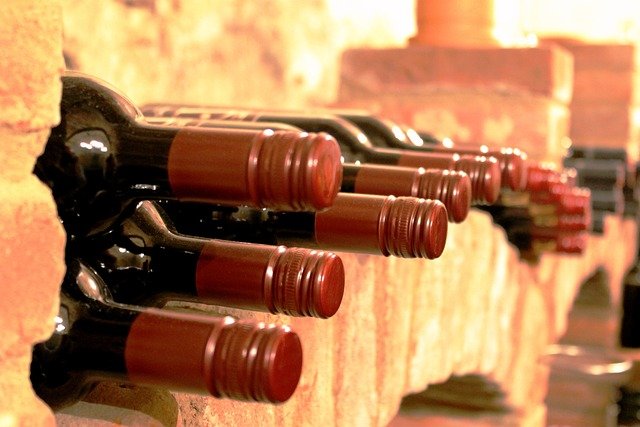Wine Fridges: Storing Bottles at the Right Temperature
A wine fridge is a purpose-built refrigerator designed to store wine bottles in conditions that protect flavor, aroma, and structure over time. Unlike a conventional kitchen refrigerator, wine fridges control temperature, humidity, and vibration to keep bottles — both opened and unopened — in a stable environment. Whether you’re a casual drinker, a collector, or furnishing a home bar, understanding how wine fridges influence storage and temperature helps you choose the right unit and care for your bottles more effectively.

What types of wine refrigerators exist?
Wine refrigerators come in several formats: single-zone, dual-zone, and built-in vs freestanding models. Single-zone units hold a consistent temperature across all shelves and suit collectors who store only one style (red or white). Dual-zone fridges offer separate compartments so you can keep reds and whites at different temperatures. Built-in refrigerators are sized to fit under counters and often ventilate from the front, whereas freestanding units need clearance around them. Other variations include thermoelectric coolers for quiet operation and compressor-based refrigerators for stronger cooling performance.
How does a refrigerator protect wine?
A wine refrigerator maintains steady temperature and reduces vibration, both critical to protecting wine quality. Rapid temperature swings can accelerate chemical reactions that alter aroma and taste, while excessive vibration disturbs sediment and can affect aging. A dedicated wine refrigerator also manages humidity levels to preserve cork integrity; low humidity can dry corks and let oxygen in, while high humidity encourages labels and corks to deteriorate. Shelving material and layout also matter: slatted or racked shelves help cradle bottles and allow air circulation.
How many bottles can a wine fridge hold?
Capacity varies widely depending on model and bottle size. Compact wine fridges designed for apartment use may hold 12–30 standard 750 ml bottles, while larger freestanding or cellar-style units can store 100 bottles or more. Note that manufacturers sometimes quote capacity using the most space-efficient bottle orientation; real-world storage depends on neck space, shelf arrangement, and whether you store a mix of Bordeaux, Burgundy, or Champagne shapes. If you plan to expand your collection, choose a refrigerator with flexible shelving and a bit of spare capacity.
What storage conditions matter for bottles?
Beyond stable temperature, bottles benefit from moderate humidity (typically 50–70%), low light exposure, and minimal vibration. Storing bottles on their side keeps the cork moist and swollen, maintaining a tight seal and preventing oxidation. Avoid placing a wine refrigerator in direct sunlight or next to heat sources like ovens and radiators; external heat loads force the unit to work harder and can cause internal temperature fluctuations. Ventilation space around the unit is important for compressor models — read manufacturer guidance about placement and local services for installation if you plan to fit a built-in unit.
What temperature should wine be stored at?
Recommended storage temperatures depend on wine type and whether you aim for short-term serving chill or long-term aging. For general storage of mixed bottles, a compromise of about 10–13°C (50–55°F) keeps most wines stable. Serving temperatures differ: sparkling and light whites around 6–10°C (43–50°F), fuller whites and rosés at 10–13°C (50–55°F), and reds typically at 13–18°C (55–64°F) depending on style. If your refrigerator has dual zones, set one zone cooler for whites and another slightly warmer for reds. Consistency is more important than exact degrees for long-term aging.
Conclusion
Choosing and using a wine fridge involves balancing capacity, temperature control, humidity management, and placement. Understand whether you need a single-zone or dual-zone refrigerator, account for bottle shapes and storage habits, and place the unit where it can ventilate and avoid heat and sunlight. Proper storage preserves wine character and extends useful life for both everyday bottles and those set aside for aging.





